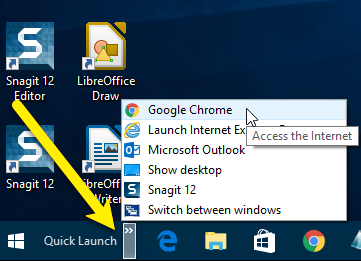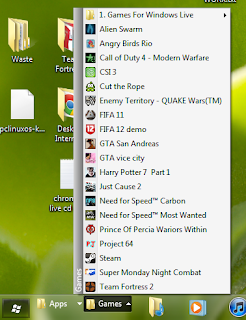
Starts Outlook without figuring out if Outlook should be the default client in the first run. This switch clears the lockout on the computer it is used, enabling Outlook to process meeting items.ĭeletes the subscription messages and properties for subscription features. The lockout process helps prevent duplicate reminder messages. Overrides the programmatic lockout that determines which of your computers (when running Outlook simultaneously) processes meeting items. Starts Outlook and deletes server-based rules. cal file) from the server and enables the free/busy information from the Outlook Calendar to be used and viewed by all Schedule+ 1.0 users. Starts Outlook and deletes client- and server-based rules.ĭeletes all Schedule+ data (free/busy, permissions, and. Launches Outlook with a clean Personal Folders file (.pst) Removes invalid profile keys and recreates default registry keys where applicable. This switch can only be used when you are able to connect to your Microsoft Exchange server. Removes Search Folders from the Microsoft Exchange server store.Ĭlears and regenerates free/busy information. Used by non-Exchange account users.ĭeletes the logging records saved when a manager or a delegate declines a meeting. Starts Outlook and deletes client-based rules. Prompts for the default manager of e-mail, news, and contacts.

Opens Outlook and immediately runs the macro specified in macroname.Ĭreates a new item of the specified message class, works for any valid MAPI form. Use this switch when you need to run macros not in your VBAProject file. Opens the VBA program specified in otmfilename, rather than %appdata%\Microsoft\Outlook\VbaProject.OTM.

This switch cannot be used with message classes that aren’t based on Outlook. If no item type is specified, IPM.Note form is assumed. Works with all versions.Ĭan also open Outlook in Safe mode by holding Ctrl key as you click on the Outlook iconĬreates an item with the specified file as an attachment. Starts Outlook without extensions, Reading Pane, or toolbar customization. Resets the to-do bar pane to the default settings when Outlook starts. Resets the navigation pane back to the default when Outlook starts. Opens the Choose Profile dialog box regardless of the Options setting on the Tools menu. “C:\Program Files\Microsoft Office\Office11\Outlook.exe” /profile “Diane Poremsky” Create desktop shortcuts to load a specific profile – use the following command line in the shortcut, replacing my name with your profile name:
#Outlook launchbar windows
This switch is useful when there are multiple users of a Windows logon and each has their own Outlook profile. If your profile name contains a space, enclose the profile name in quotation marks. Use with care as all custom views you created are lost. (A complete list of switches is in the next section.) This group of switches are the most commonly used switches. “C:\Program Files\Microsoft Office\Office11\Outlook.exe” /select outlook:calendar Frequently used Switches:
#Outlook launchbar full
You’ll need the full path if you want to create desktop shortcuts using a switch, such as to open Outlook to a specific folder:

If you use Vista or Windows 7, you can type the command line in the Start Search field on the Start menu. Paths that include spaces between words must be enclosed in quotation marks (“) and are case sensitive.

Before using a command line switch, you need to close Outlook and verify it’s closed in Task Manager’s Processes tab.


 0 kommentar(er)
0 kommentar(er)
